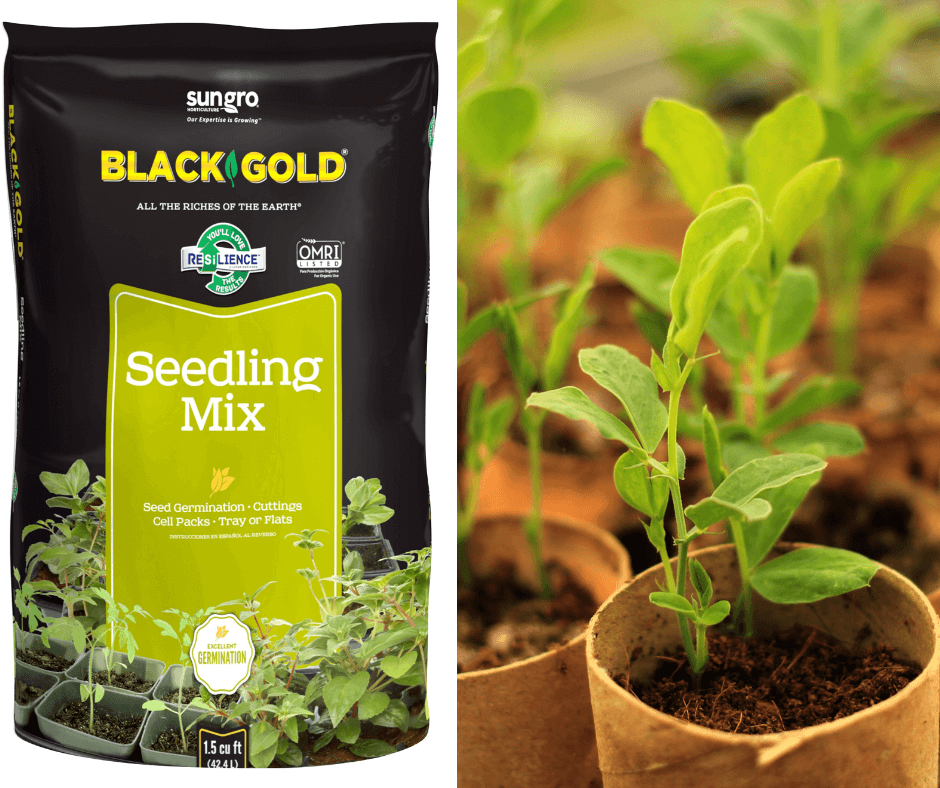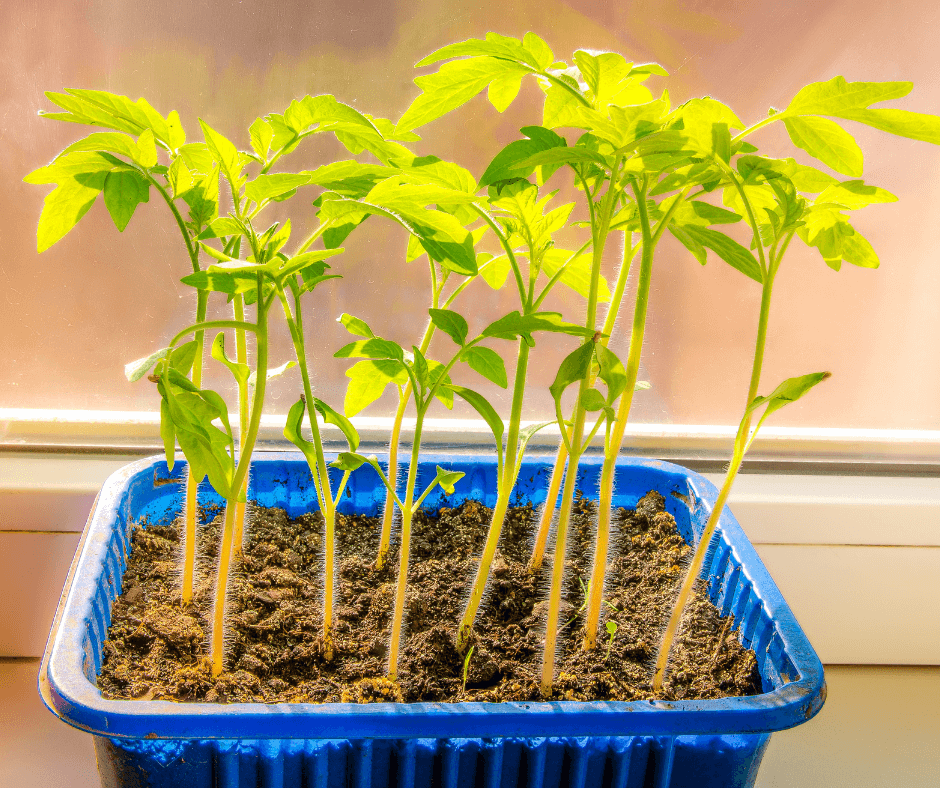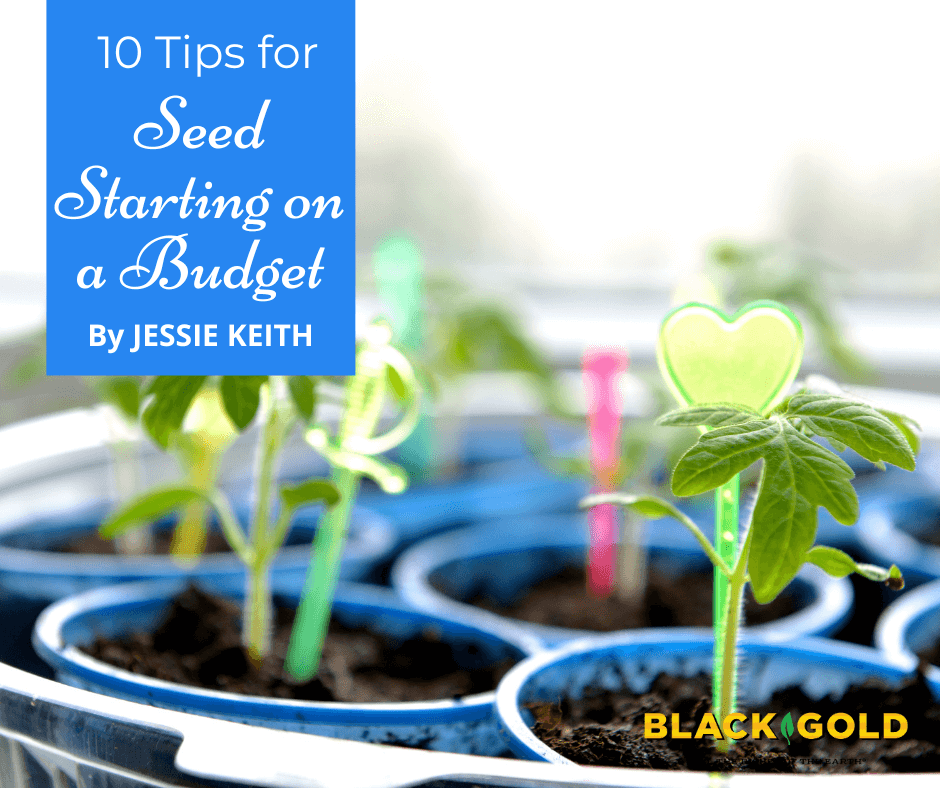
Are you low on cash but want a summer garden? No worries. Seed starting can be very inexpensive if you know where to shop, when to plant, and how to succeed with as few resources as possible. Fancy seed-starting flats are not needed, reuse instead. Pricy grow lights can be bypassed if you have sunny window sills. Some quality seed vendors are more reasonably priced than others. Here are these and more tricks for seed-starting on a budget.
(If you are new to seed starting, I recommend you read our six-part seed starting blog series.)
1. Buy Seeds for Less
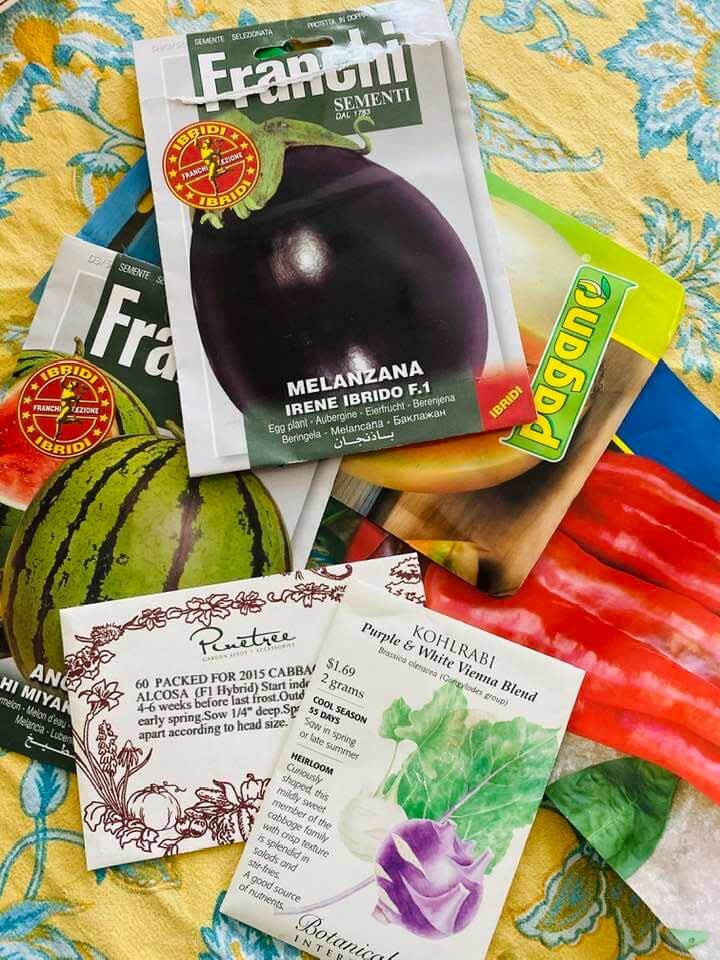
Some seed vendors sell high-quality seeds for less–for me “less” means between $1.50 and $2.50 per packet. My all-around favorite seed vendor for quality and price is Pinetree Garden Seeds. I’ve purchased from them for over 20 years, and their prices, selection, and seed quality are always outstanding. Another great, reasonable seed source is Botanical Interests (their flower seed collection is especially nice).
Other seed sellers offer lots of seeds for less. High quantity is especially useful for gardeners that grow lots of row crops, like carrots, beets, and beans. Franchi Sementi (also called Seeds of Italy) is one the best for low-cost bulk seeds. (They also have fun European vegetable varieties.) Packets may cost $4.50 each, but most contain hundreds of seeds per packet! It’s a super value. Pagano Seeds is another source that provides lots of seeds for a good price.
2. Know What to Grow When
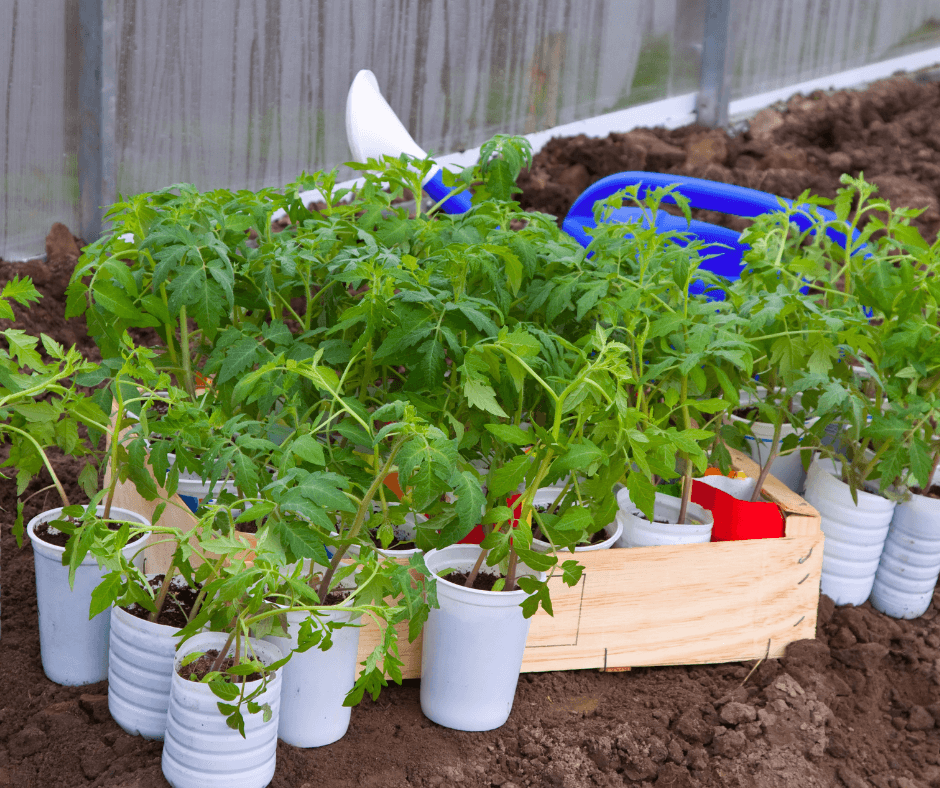
Seed growers must know when to sow seeds and what to sow indoors in containers or outdoors in the soil. (Click here for Johnny’s Selected Seeds’ helpful Seed-Starting Date Calculator, and click here for a list of warm-season versus cool-season vegetables.) This knowledge saves money because if you sow the wrong seeds in the wrong place at the wrong time they will die or underperform.
Plants for Indoor Sowing: Small-seeded, warm-season vegetables, herbs, and garden flowers, such as tomatoes, peppers, eggplant, salvia, petunias, impatiens, and basil, are best sown indoors in containers. I also start cabbages, kales, and lettuce indoors because they germinate better. I generally wait until plants are 6-inches tall or more before planting them.
Plants for Outdoor Sowing: Large-seeded, fast-growing plants, or those that are sown in rows, are best planted outdoors. Cool-season vegetables, like peas, carrots, beets, and radishes, can be sown outdoors in rows in early to mid-spring. Warm-season, large-seeded crops, and flowers, like beans, corn, okra, sunflowers, and zinnias, can be directly sown in fertile garden soil. I tend to start my cucumbers, melons, and squash in 4-inch pots of Black Gold Natural & Organic Potting Mix outdoors in late spring. They germinate fast, and I let them develop several sets of leaves before planting them in the ground. (Click here to learn more about preparing vegetable garden soil.)
3. Reuse and Recycle
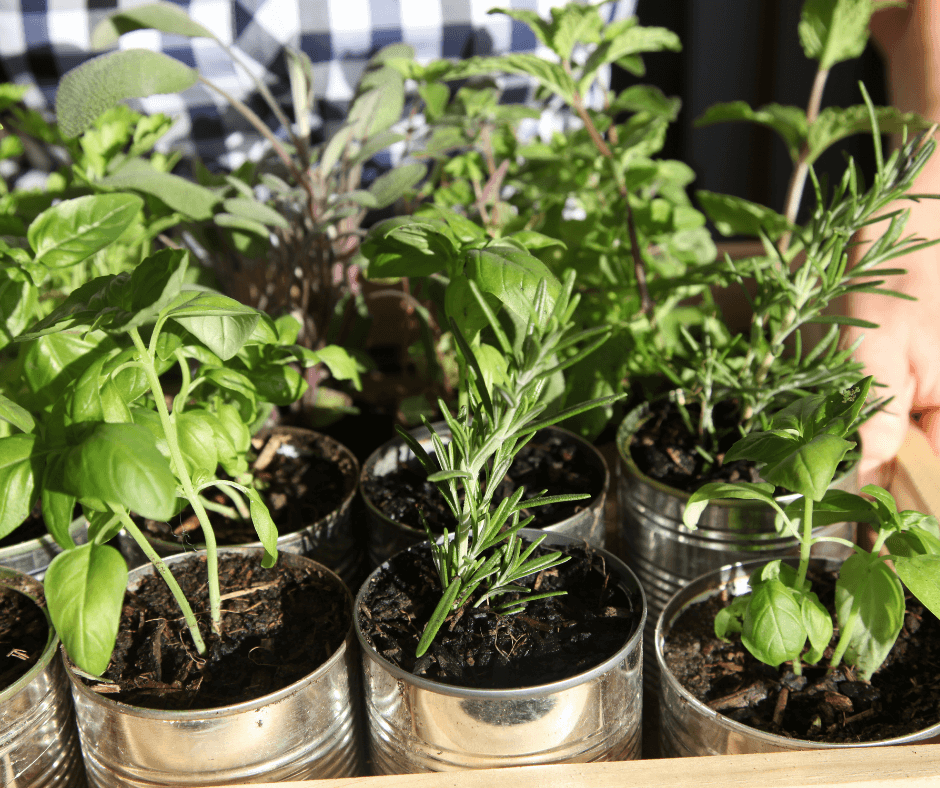
Frugal growers can cut corners by starting seeds in reused containers. Saving pots from the previous year’s nursery purchases is always an option if you have space, but, reused containers are also useful and educational for kids (reuse, recycle!). Clear plastic ventilated clamshell containers with lids and holes for aeration are especially useful. The lids can come in handy, and once they’ve served their purpose, I just recycle the cleaned containers.
When it’s time to upgrade seedlings into their own pots, there are lots of options, such as yogurt cups, cut plastic bottles, plastic cups, or washed tin cans with holes punched in the bottoms. Be sure to wash containers with hot, soapy water and rinse well before use. Halved toilet-paper tubes, paper egg trays, or eggshell containers are options for those who prefer paper or natural containers.
4. Choose Cheap Stakes and Labels
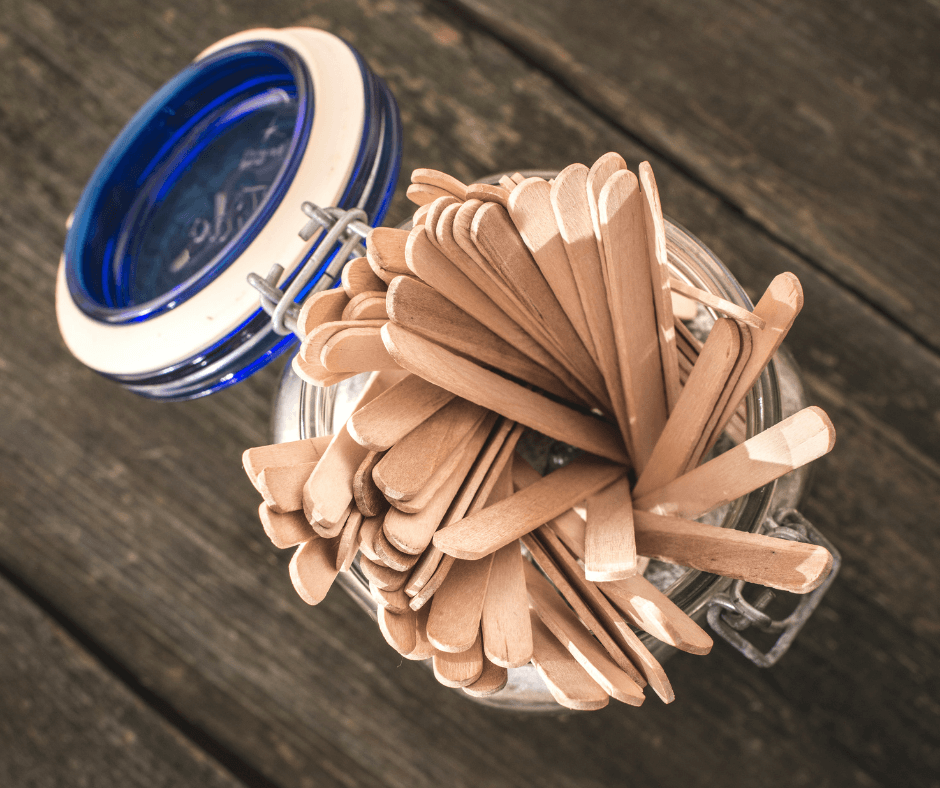
Every kid in grade school started beans or sunflower seeds in a plastic cup labeled with a Popsicle stick. You can still save the sticks as free planting labels. (These, or any wooden label, are best marked with a heavy graphite pencil.) Another option is cutting up large plastic yogurt or cottage cheese containers into strips and trimming them into 3-inch labels. Simply using a sharpy to mark the outside of a cup or container is another option, but it’s always nice to have a label that you can transfer into the garden at planting time.
The most inexpensive stakes for holding up small tomato seedlings are twigs collected outdoors and then cleaned and cut to size. Wooden or plastic stirrers can also serve as small stakes. I usually secure plants with pipe cleaners or soft twine.
5. Soil and Fertilizer
If you want strong, happy seedlings, don’t skimp on soil and fertilizer. Good products will ensure good seedling growth from the start. Black Gold Seedling Mix is ideal for seed starting. If you’re starting very small seeds, it pays to purchase Black Gold Vermiculite to gently cover them. Not only does vermiculite hold water to keep the seeds from getting dry, but a gentle sprinkling also allows light to pass for seeds that require light to germinate, like lettuce. Diluted, all-purpose, water-soluble fertilizer is gentle enough for small seedlings. Fertilization is not needed until sprouts have begun to put on their second and third sets of leaves.
6. Water for Success
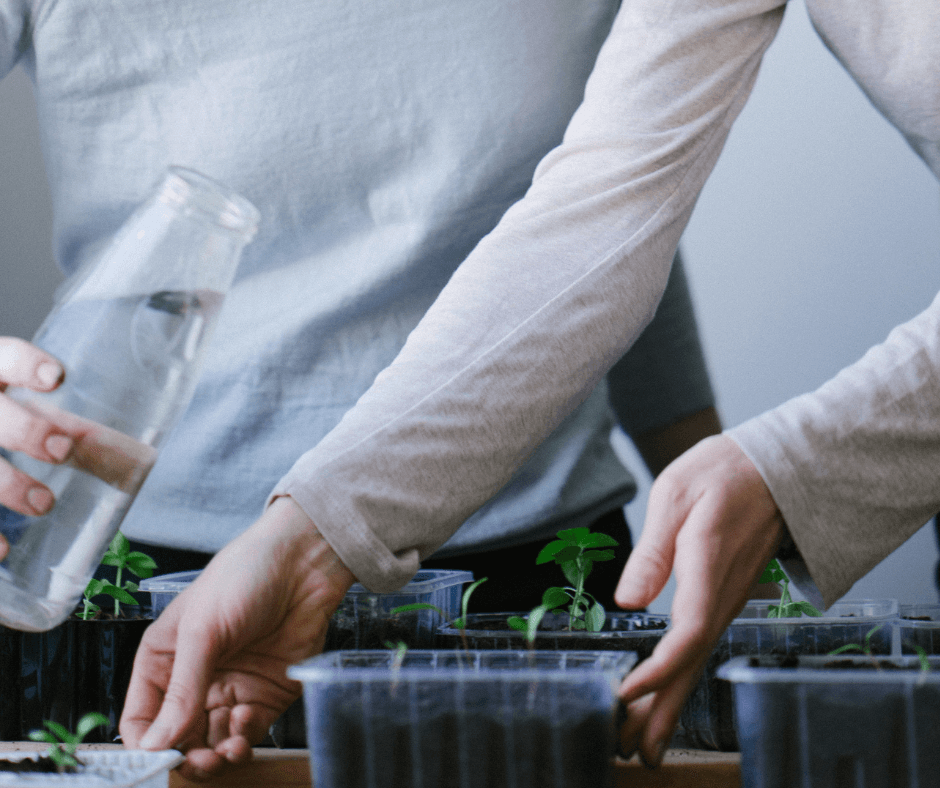
Using the right watering techniques, from start to finish, is essential to success. Use tepid water–seedlings don’t appreciate the shock of hot or cold water. Keep the soil just moist, never saturated, to avoid seed and seedling rot. To avoid saturated soils, mist the soil surface as needed until seeds have sprouted. Once they have sprouted and start growing, water from the bottom to encourage deep rooting and maintain dry surface soi, which discourages shore flies and fungus gnats. (Click here to learn more about these pests and their control.)
7. Use Natural Light
For indoor plants, the cheapest light is free sunlight that streams through south-facing windows. Ample light is required to keep seedlings from stretching towards the light and becoming long and leggy. Six to eight hours of sunlight should be enough. If you have too little sunlight, fluorescent lights in a shop-light fixture are the least expensive supplemental lighting option. Some fluorescent bulbs are specially designed for plant growth and cover up to 94% of the light spectrum. In general, fluorescent bulbs are not very strong, so they must be placed just inches above plants for best reception and growth. Shop lights are easily set up above a basement bench, along a shelf, or in an informal office space.
8. Always Harden Seedlings Off
Hardening off seedlings prepares them for the travails of the outdoors. (Hardening off means acclimating seedlings from their cushy indoor growing conditions to the windy, sunny outdoors where temperatures fluctuate.) Indoor-grown seedlings are tender, weak stemmed, and need time to adjust. If planted in a tender state, they may develop leaf burn, suffer stem breakage, and die. Harden them off for at least a week before planting. Place the potted plants in a protected spot that gets a few hours of sun per day. Then move them a little more towards the light and in the wind each day. After a week or so, they should be tough enough to plant in the garden.
9. Know When to Plant Outdoors
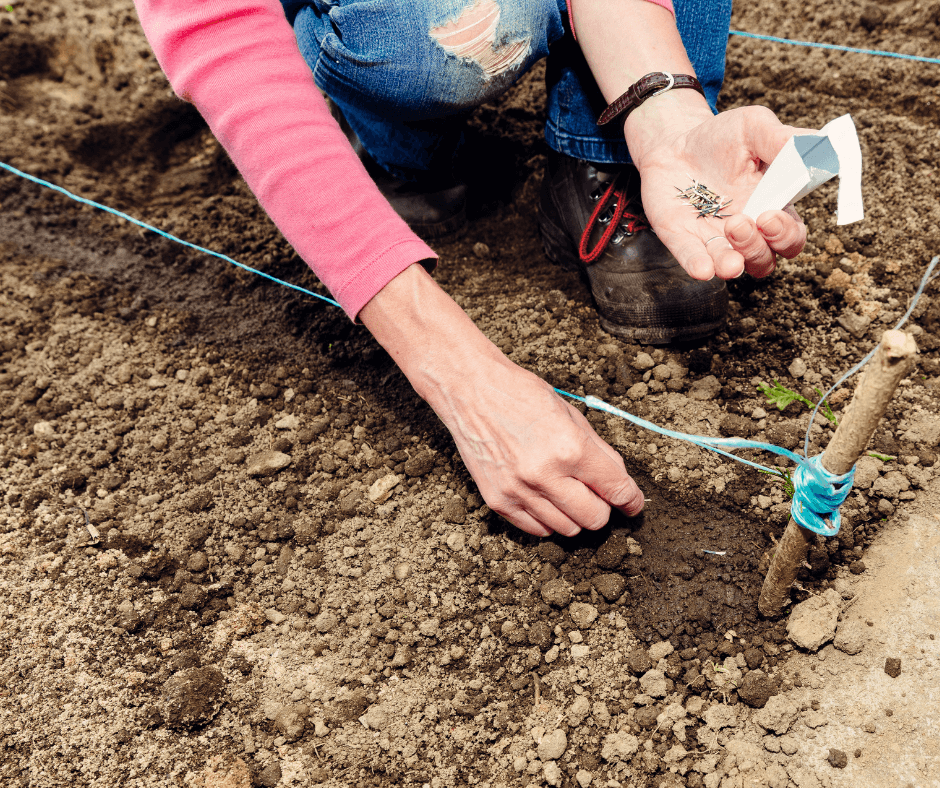
It pays to know when to plant what outside. If your timing is off, excess cold or heat can be deadly.
Spring and Fall Vegetables: Cool-season vegetables, seeds and starts, can be directly sown in the ground in spring as soon as the soil can be worked. Amend the soil with Black Gold Garden Compost Blend, label rows, and cover newly planted seeds with a light layer of compost before watering them in. Keep them just moist, and they should sprout as the soil gets warmer.
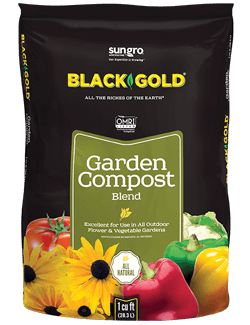 Summer Vegetables: Warm-season vegetables and herbs should be started indoors as early as the start of February, or three or more months before planting them outdoors. (Click here for an article about growing tomatoes from seed.) Plant these and warm-season row crops outdoors after the threat of frost has passed. (Click here to search for your average frost date.)
Summer Vegetables: Warm-season vegetables and herbs should be started indoors as early as the start of February, or three or more months before planting them outdoors. (Click here for an article about growing tomatoes from seed.) Plant these and warm-season row crops outdoors after the threat of frost has passed. (Click here to search for your average frost date.)
Perennials: If growing any perennials from seed, start them as early as January. Once they are ready to plant in late spring, they should be large enough for outdoor planting. Keep in mind that many perennials won’t bloom the first year from seed, while others will. [Click here to read an article about easy-to-start perennials that will bloom the first year from seed.]
Annuals: Wait until February to start flowering annuals indoors and March or April to start vining annuals, which often grow very quickly and can take over your indoor growing area. (To learn more, click here to watch the video about growing annuals from seed.)
10. Save Seeds
Seed saving is easy, saves money, and ensures that your seeds have come from a reliable source (your garden!). Smart seed saving requires that you (1) allow your seeds to fully mature, (2) clean your seeds properly, (3) store your seeds correctly, and (4) know exactly what you are saving and storing. Step 4 is essential. If you are collecting seed from a known heirloom plant, you can feel pretty safe that the seedlings will perform like the parent plants. But, if you save seed from a hybrid, expect the progeny to be mysteries awaiting discovery because they may look nothing like the parent from which you collected them. (Click here to learn more about heirloom seeds, and click here for more seed-saving tips from the Seed Savers Exchange.)


